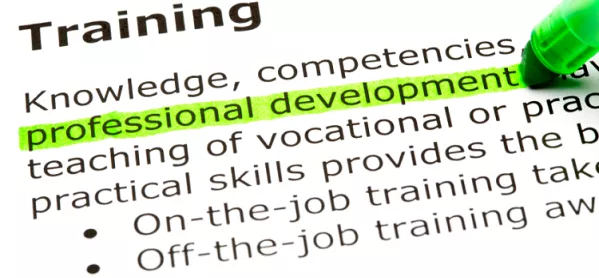A new report by the Education and Training Foundation (ETF), published today, looks at the delivery of initial teacher education (ITE) provision for the FE sector, and the characteristics of the trainee teachers preparing to enter FE.
Here are nine things we learned from the ETF’s analysis of data for 2012-13:
- There are 37 awarding organisations and 39 higher education institutions that award ITE qualifications for teaching in FE.
- Most ITE courses are part-time (81 per cent), so most learners can continue to work and study at the same time. Blended learning and distance learning courses are relatively rare.
- The average age of an ITE learner in FE is 38 - significantly higher than school-level ITE learners, where the average age is 24.
- Some 16 per cent of ITE learners are from an ethnic minority community, higher than the national ethnic minority population as a whole.
- Two-thirds of ITE learners (60-64 per cent) are women, similar to the proportion in the sector workforce.
- Despite this, there is a significant difference in the salaries of male and female teachers. In total, 89 per cent of men working full-time received a starting salary of more than £20,000, compared with just 75 per cent of women.
- There are 25 different types of ITE qualification for FE. These can be classified into seven categories: awards; certificates; diplomas; higher diplomas (PGCEs and Cert Eds); and subject specialisms in literacy/ESOL, numeracy and SEND.
- Four-fifths of ITE learners held a qualification at level 4 or above. The most common subject previously studied was art and design (22 per cent of learners) and the least common was maths (less than 1 per cent).
- Around 4,100 learners (66 per cent of the total) completing a diploma or PGCE/Cert Ed are estimated to have progressed to teach in FE. A further 380 (6 per cent) are estimated to have progressed to teaching positions in either secondary or higher education.
